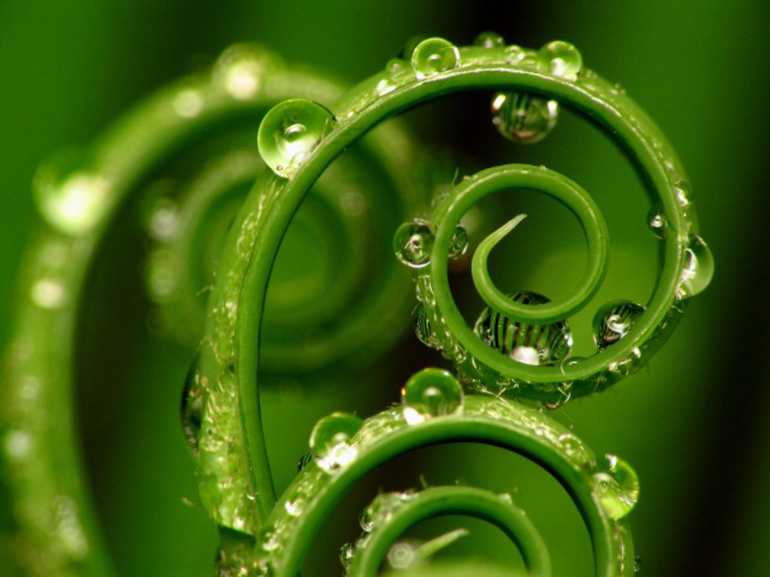News And Events

Mathematics in Nature
4 July 2022Mathematics in nature allows our tamariki to explore and gain knowledge about mathematical patterns found in nature, such as tessellations (patterns that repeat over and over without overlapping or leaving any gaps, such as hexagonal cells in a honeycomb or the diamond-shaped scales of a snake skin).
Did you know?
The most common shape you'll find in nature, and the one that most astounds mathematicians, is the hexagon. These six-sided shapes are everywhere! Beehives, insect eyes, and snowflakes are all made up of hexagons.
Even insects use mathematics in their everyday life for existence. Snails make their shells, spiders design their webs, and bees build hexagonal combs. The beauty of mathematics is hidden in harmony, patterns, numbers and forms, and symmetry. It is the international language that helps us to describe the world around us.
We can not only count with numbers; we can describe the patterns with them. Symmetries are everywhere all the time. A few examples include the number of spirals in a pinecone, pineapple, seeds in a sunflower, or the number of petals on a flower. The numbers in this sequence also form a a unique shape known as a Fibonacci spiral which we can also see in the form of shells and ponga fronds.
information above condensed from multiple sources
Te Whāriki Learning Outcomes
Over time and with guidance and encouragement, children become increasingly capable of:
Communication Mana reo
- Recognising mathematical symbols and concepts and using them with enjoyment, meaning and purpose – he kōrero pāngarau
- Expressing their feelings and ideas using a wide range of materials and modes – he kōrero auaha
Exploration Mana aotūroa
- Playing, imagining, inventing and experimenting – te whakairo me te tūhurahura I te pūtaiao
- Using a range of strategies for reasoning and problem solving – te hīraurau hopanga
- Making sense of their worlds by generating and refining working theories – te rangahau me te mātauranga


